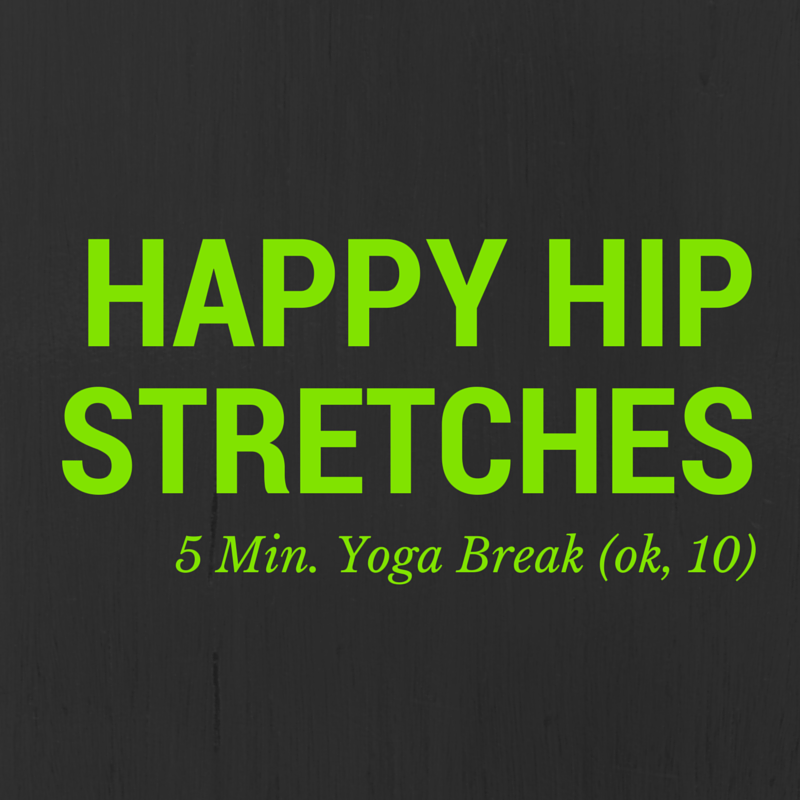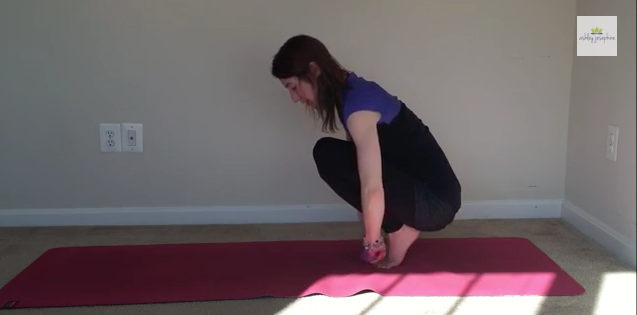This post was originally published at Yoganonymous.com.
How many times have you tried to tell your friends about the energy body but you just can’t seem to convince it’s real?
How many times have said friends stopped talking to you altogether, or at the very least mentally categorized you as the cuckoo?
Yoga teachers are famous for saying funny things that don’t make sense to non-practitioners. It’s hard to put into words the things we feel sometimes, especially words that everyone can understand.
But those days might soon come to pass. Stephanie Shorter, PhD, presented a lecture at the Dallas Yoga Conference on yoga research, summarizing past and current scientific research in words that yoga teachers and students can understand and most importantly, connecting all our crazy new age rhetoric into hard science.
Here are five enlightening facts to help you understand what is happening in the body on a physiological level, plus practical applications to integrate into your daily practice (good news: you probably do these things already!)
When you look at an overview of the accepted, reliable research to date, you’ll find conflicting results. Many studies in the 1980’s proved that yoga is an effective practice for reducing cortisol levels in the body and promoting relaxation. But a recent study on patients using yoga to treat fibromyalgia found that a consistent yoga practice actually increased cortisol levels. Funny thing is, patients with fibromyalgia suffer from intense chronic pain because their pain tolerance levels suffer from low cortisol. The increase, in these particular cases, is actually a good thing and led to overall decreased pain. Proof that yoga will give you what you need.
The more relaxed you are, the healthier you’ll be:
If you take care of your nervous system, the rest of your body will function at optimal levels. Conditioned by society to perform in a constant high-stress state, our bodies rarely reach the rest and digest phase. Think of your sympathetic and parasympathetic systems as a teeter-totter. Both are always needed to function, rather than one dominating the other. Research has found that to balance out these two systems, an optimal breathing cycle should include six breaths per minute (think of one breath as an inhale and an exhale). Yoga takes care of this on its own with practices that emphasize breathwork.
It’s important to focus on lengthening the exhale to stimulate the parasympathetic nervous system. Set a timer for one minute and see if you can regulate your breath to six cycles per minute with a lengthened exhale. Then notice how you feel when you finish.
Yoga makes you young:
Beyond the flexibility benefits, yoga works on a cellular level. With increased oxidation in the body, cells become damaged, tissues become inflamed and acidity in the cell structures increase. This leads to illness and disease over time. But a consistent yoga practice will help reverse that damage. Research has show that practitioners showed a decreased level in oxidative stress in the cells after an eight week practice. Less inflammation, less cell damage and less acidity in the body = greater long-term health (and younger looking skin!).
In the past, researches have mostly looked at the effects of yoga on practitioners over the course of an 8-12 week program. But these days, researchers are starting to study the effects of small doses. In fact, it has been found that a shorter practice three days a week is more effective than one 90-minute practice once a week.
It’s the same principle as eating your vegetables. You can’t just eat a ton of them one day to make up for the lack of leafy greens in your diet the rest of the week. Mark Whitwell is well known for promoting yoga routines that take just seven minutes a day. According to Whitwell, that’s all you need to benefit from the effects. Plus, the more you practice the more benefits you receive, as research has also proven that the benefits accumulate over time.
Anusara was on to something with all those backbends:
This may be the biggest breakthrough of all for practical application and yoga language. There are 12 pairs of nerves in the brain that control motor and sensory function, but one of those nerve pairs is extra special—it takes on double duty and controls both at the same time. It starts from the brain and moves down either side of the neck connecting first at the heart.
Called the vagus nerve, or wandering nerve, this little guy connects with every major organ in the body. The nervous system works by being stimulated through chemical and electrochemical stimulation, but also responds to mechanical stimulation. Thus, when you do a heart opening posture, you’re mechanically stimulating the vagus nerve. When you take a deep breath into the kidneys, you’re mechanically stimulating the vagus nerve. And when you pull your leg into your chest, you’re mechanically stimulating that wondrous nerve.
When this nerve is stimulated, signals are sent to the organs to control function. For example, research now proves that yoga can increase your variable heart rate, which leads to overall greater health. Rather than expecting your heart rate to beat at exactly the same intervals, it is optimal for some variability to occur between each beat (we’re talking thousandths of a second here).
It makes sense when you think about it. If you’re heart beats with the same amount of time in between each pump, you’ve conditioned your body to perform in a very specific state all the time. What happens when you enter into a new state? You freak out. But, if there is some variability, you’ve actually conditioned your body to respond to a variety of different situations. In other words, you’re able to deal with whatever comes at you. That is why when we backbend and breathe deeply, we stimulate the vagus nerve, which sends signals to the heart to increase variability (motor function).





